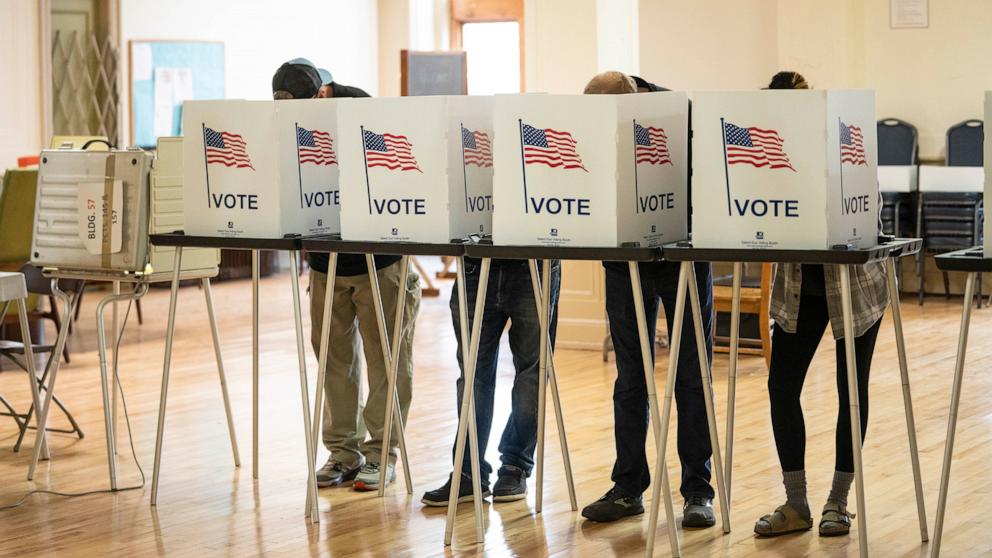
Polls have closed in some states and the first results are coming in in the high-stakes presidential match-up between Vice President Kamala Harris and former President Donald Trump. According to
538's forecast, both candidates have a roughly equal chance to win.
Voters are still at polling places around the country, casting ballots to decide who controls not only the White House, but also Congress, state and local governments.
Reporters from 538 and ABC News will be following along every step of the way with live updates, analysis and commentary on the results. Keep up to date with our full live blog below!



